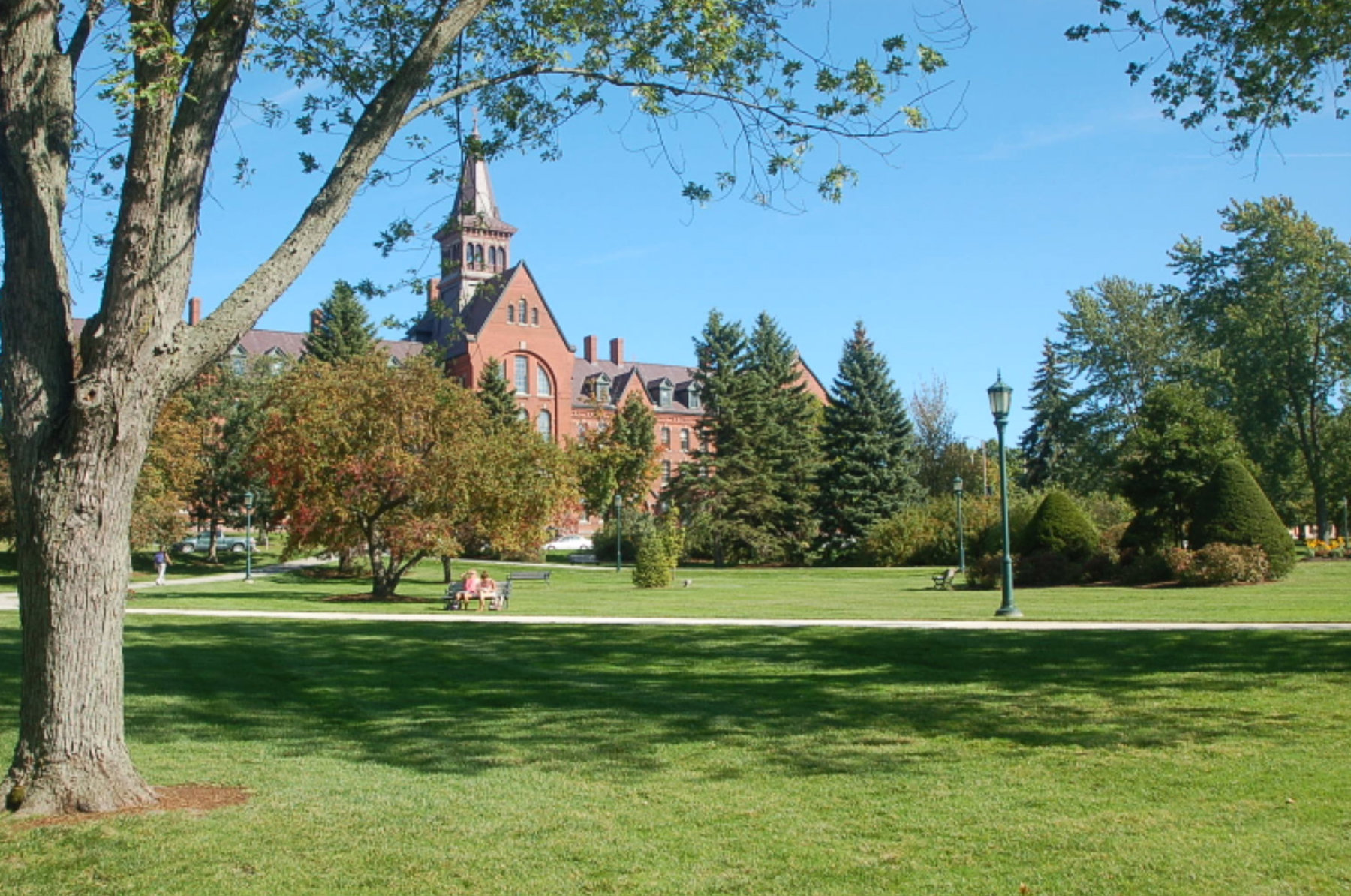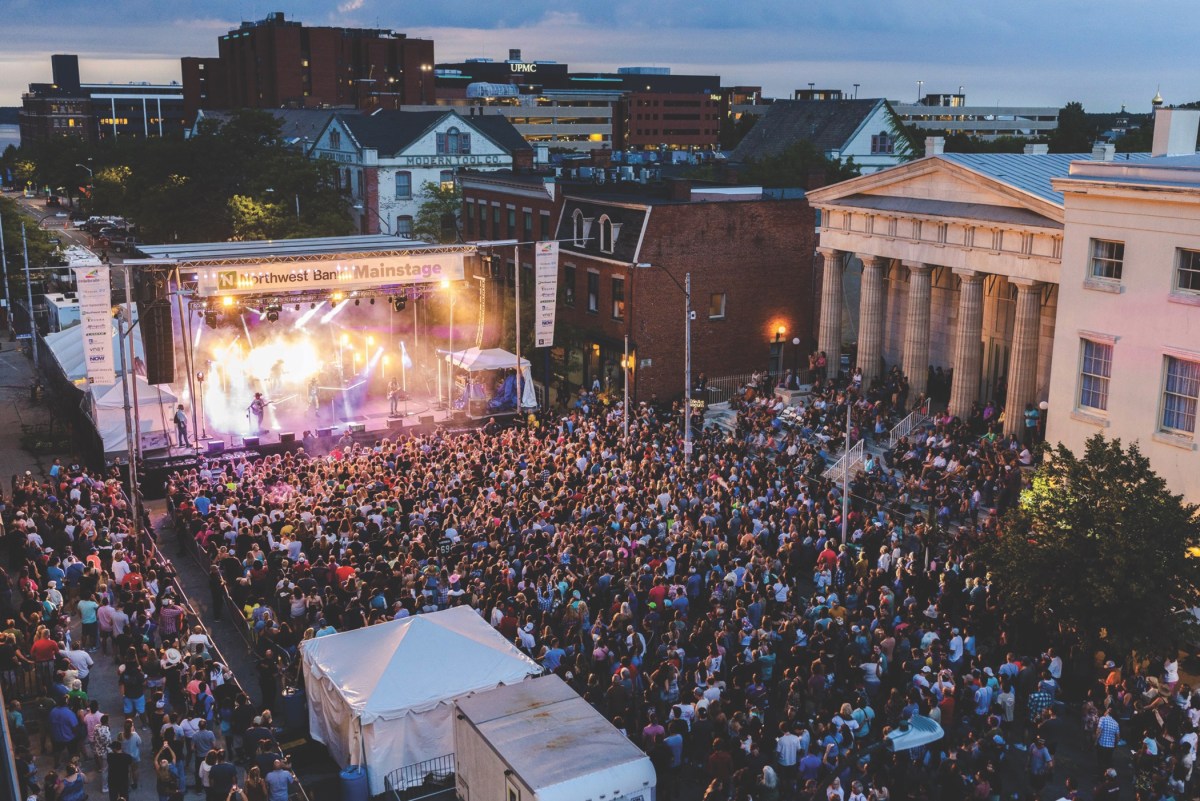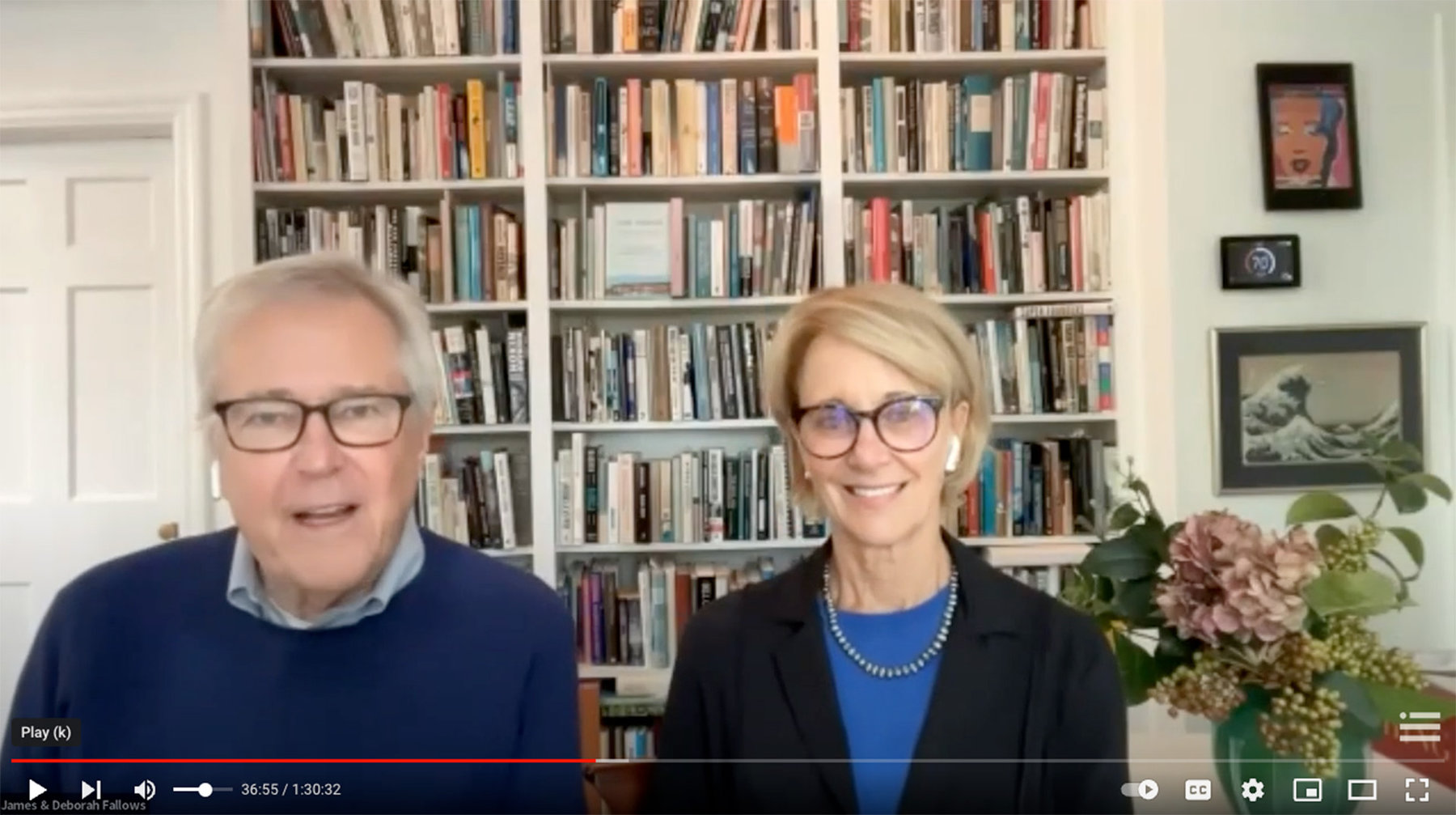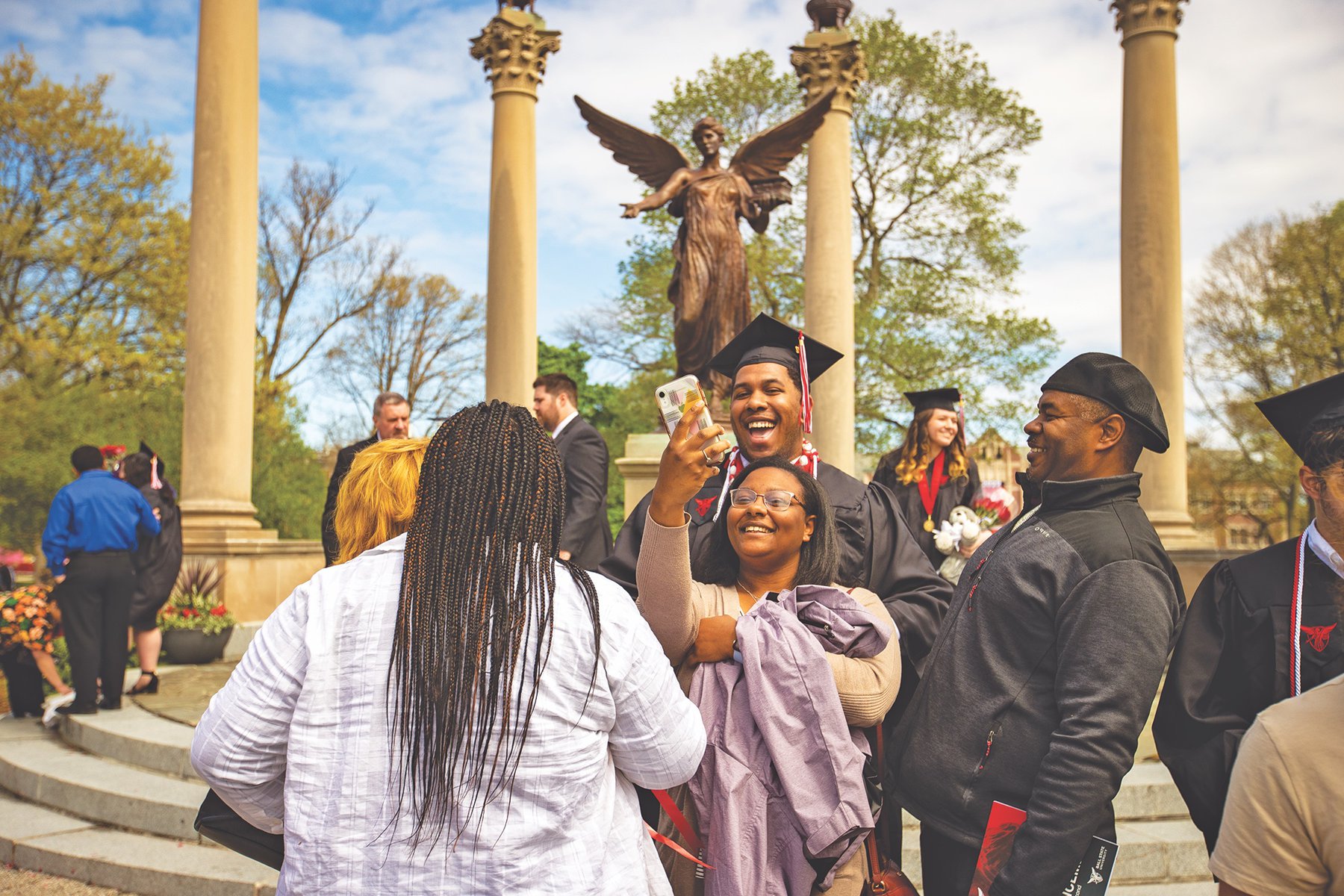There are lots of familiar American “college towns” – places where a single university dominates the social and economic life of the city. Think Boulder, Ann Arbor, Madison, Berkeley, Princeton, Charlottesville.
None of those college towns has quite the feel of Burlington, Vermont.
Part of the difference is that, somewhat unusually for a small town, there’s not just one dominant institution here. The immediate Burlington area has several colleges (the University of Vermont, St. Michael’s College, and Champlain College), each of them significant in the character of the city, and each offering glimpses into the disparate challenges facing American colleges and universities. I’ll save Champlain for a future post and focus here on UVM and St. Mike’s.
Why not just UV? Or UVT? UVM is an abbreviation of the university’s Latin name, Universitas Veridis Montis, University of the Green Mountains. And if you’ve ever seen the Green Mountains – or watched the sun set over Lake Champlain with the Adirondack Mountains beyond – you know why Vermonters want to keep that homage to their verdant hills.
Founded in 1791 as a private institution, UVM became the state land grant university in 1865. To graduating high-school students and their families, searching the collegiate landscape for the right landing spot, UVM (roughly 13,000 students total) has been known as one of the “public Ivies,” public universities that are said to provide an Ivy League collegiate experience at a public-school price. Other public Ivies include: the University of Michigan, the University of North Carolina at Chapel Hill, the University of Virginia, the College of William and Mary, and the University of Texas at Austin.
[Photo at top: Old Mill, UVM’s oldest building, from the 1800s. Below, Waterman building at UVM. All photos by John Tierney.]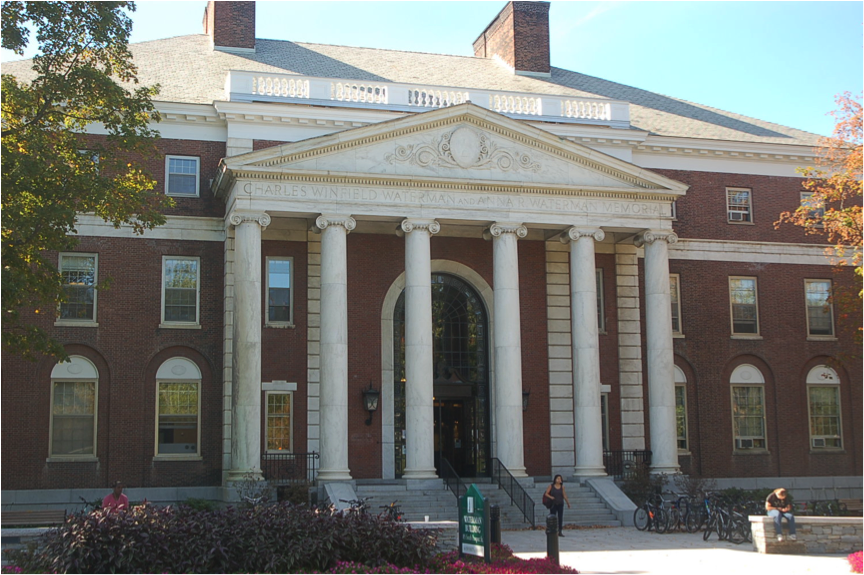
As Jim Fallows has noted earlier, Burlington is unusual in supporting a profitable print newspaper, a non-harassing airport, and a software-company culture you might expect to find in Palo Alto or Seattle rather than Vermont. UVM’s presence among the public Ivies raises a similar question. How can a state with a population of some 600,000, and with no natural-resources revenue base, support an institution that competes with schools in much bigger, richer states?
Much of the answer seems to lie in differential pricing. Back in 1955 the state legislature revised the university’s charter and passed a measure requiring that the university always charge out-of-state students at least 250 percent of the in-state fee. In other words, from a relatively early time, Vermont has been following a practice that other state universities latched onto only much later – putting the lion’s share of the financing for the university on the shoulders of out-of-state students. Only about 6.5 percent of the University’s roughly $617-million budget in 2013 comes from state appropriations. But the $35,000 tuition (and estimated $50,000 total annual expenses) for out-of-state students seems not to be a deterrent: approximately 65 percent of the university’s students come from other states or countries.
UVM also attracts students from around the country who want to compete at the top level in various sports. Not surprisingly, given its locale, the university is especially appealing to world-class skiers: UVM has won the national championship in skiing six times since 1980, most recently in 2012. [Below, UVM’s Morrill Hall, home to the College of Agricultural and Life Sciences.]
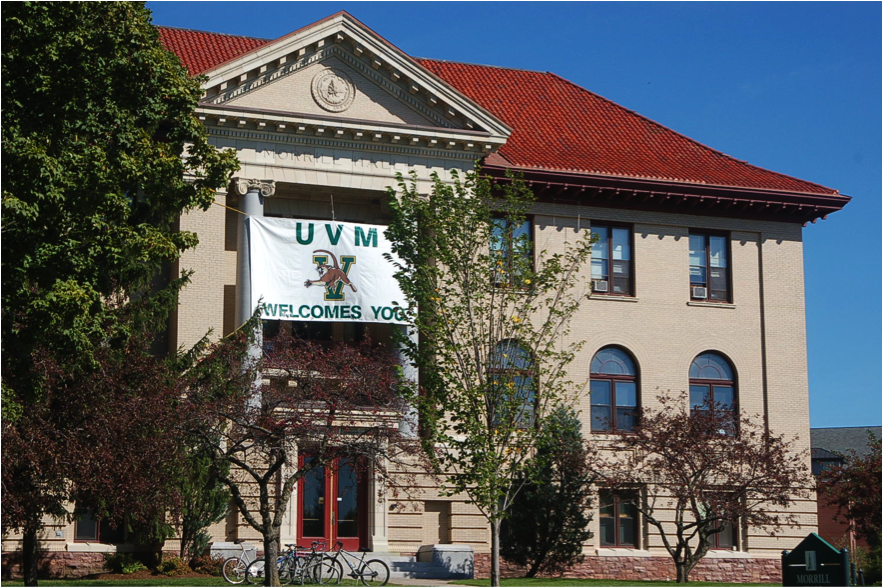
To many who know the university, it’s not the competitive athletes who come to mind when they think of UVM, but another segment of the student population, one that gives rise to lots of jokes about the university – granola-crunching, tree huggers. There’s an intensely outdoorsy, locavore culture that pervades this small city and finds expression at the university.
For example, UVM is one of only a small handful of American colleges and universities to sign onto the Real Food Challenge, a nationwide effort to shift university food budgets away from industrial farms and junk food and toward what food activists call “real food” – “local/community-based, fair, ecologically sound and humane food sources.” The pledge commits UVM to make sure its food budget is at least 20 percent real food by 2020. An ambitious goal that will be harder to reach than one might think – and that fewer than twenty colleges and universities (a real “Who’s Who” of ecologically-minded institutions) have signed onto.
Only a couple miles from UVM, over in nearby Colchester, is St. Michael’s College, which doesn’t have the national profile of UVM, but is very successful in its own niche: it’s a fine Catholic liberal-arts college with about 2000 undergraduates. Founded by Edmundite priests in 1904, St. Michael’s has a welcoming, ecumenical tone that harmonizes to the humanist tenor of the Burlington metropolitan area. If you walk around this campus and talk to its students and faculty, as I did, you get the sense that this attractive, congenial community is serious about trying to offer its students what it calls a “transformational experience.” [Below, campus green at St. Michael’s College.]
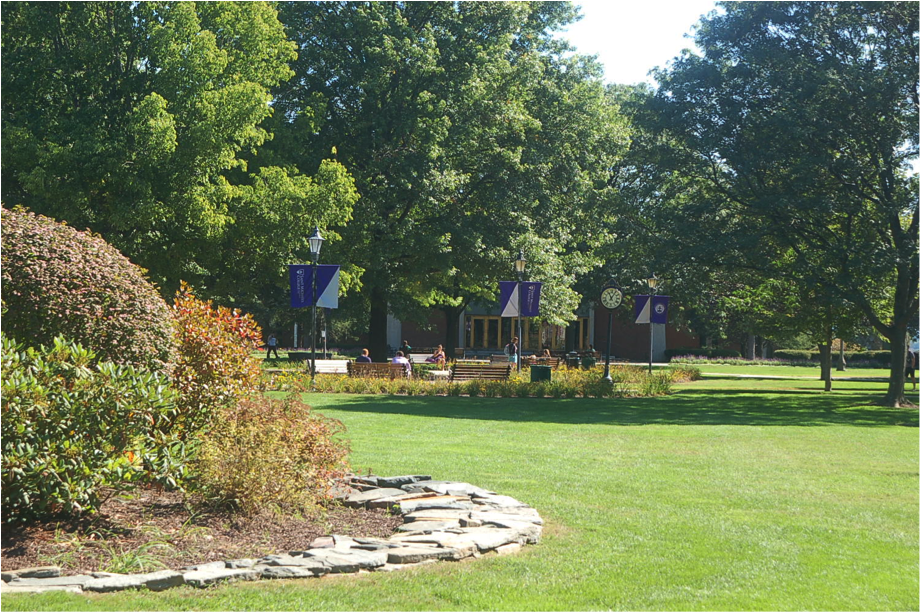
What surprised me as I explored St Mike’s was how prosperous the place seemed. The grounds were immaculately groomed, the buildings well maintained. To all outward appearances, I might as well have been walking around Middlebury or Wesleyan or any of a dozen other thriving New England liberal-arts colleges.
I tried to square what I was seeing with what I knew: St. Michael’s is one of the many hundreds – actually, thousands – of American colleges that struggle for long-term survival. St. Mike’s is always sweating it. The college’s finances are tuition-driven (it has a tiny endowment), so it has to worry about the perfect-storm confluence of (1) rising tuition, (2) rising concerns among the public about whether a college education will “pay off,” and (3) a declining number of college-age students in New England, the region from which the college principally draws. [Below, McCarthy Arts Center at SMC.]
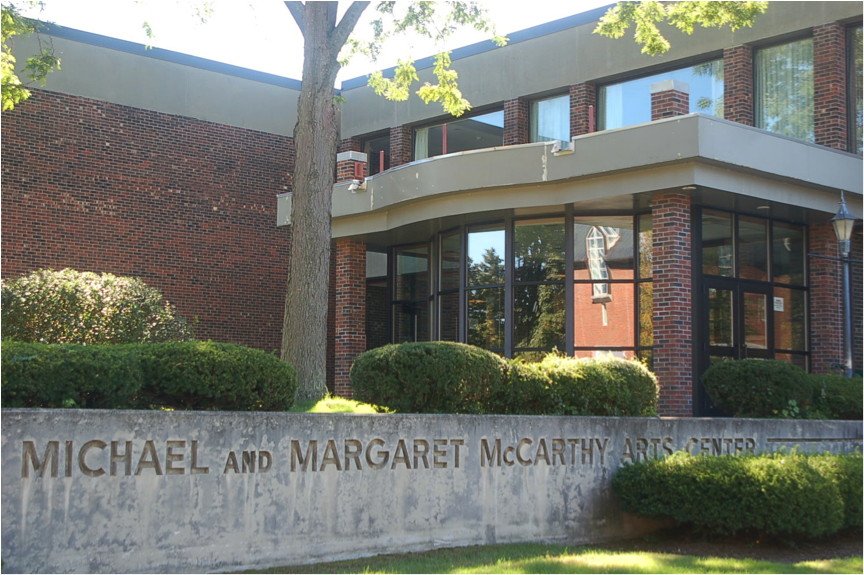
But students keep coming. Why? The college says they’re attracted by several things: the strong social-justice ethos at SMC and a multi-faceted program of volunteerism, which gets participation from more than 70 percent (!) of the college’s students; its longstanding and wildly successfulNOLS-like wilderness training and leadership program; and a Fire and Rescue Squad, which, with its own vehicles and building (photo below), has become the rescue squad of choice for the neighboring community of Colchester and much of Chittenden County.
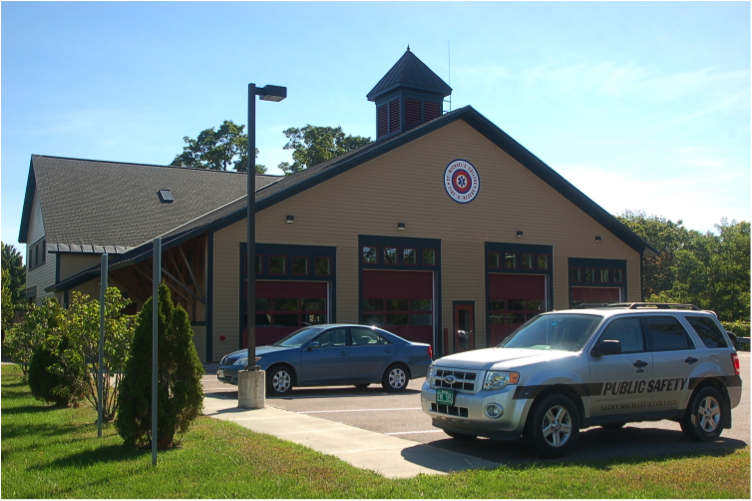
Moreover, the college’s Catholic heritage, while taken seriously, does not overwhelm the place. A spirit of religiosity is less dominant than the ethos of the Edmundite order, which emphasizes caring, outreach, and service to the poor. It’s a mission that seems to animate the students at St. Mike’s, propelling them out into the needy communities of the Burlington area.
All told, thousands of students from the Burlington area colleges are heavily involved in volunteer activities and community service, working with immigrant refugees, struggling elementary schools, community gardens, Boys and Girls clubs, homeless shelters, soup kitchens, and the like.
There’s an intriguing chicken-or-egg kind of question that emerges when you look closely at Burlington and its colleges: is the distinctive character of this small city a consequence of the college’s presence and contributions, or is there something intrinsic and native to the city and its residents (an earthy, Bohemian temperament?) that imparts to the colleges their special flavor? People smarter than I might be able to answer that. I can’t. But even I can see that there is a remarkable symbiosis that enriches the city and its colleges and infuses both with a strong sense of community (about which Jim will be writing more soon). The dominant values of the townsfolk give the colleges a special vibe that gets magnified on campus and then shot back out through the larger community in various ways.

